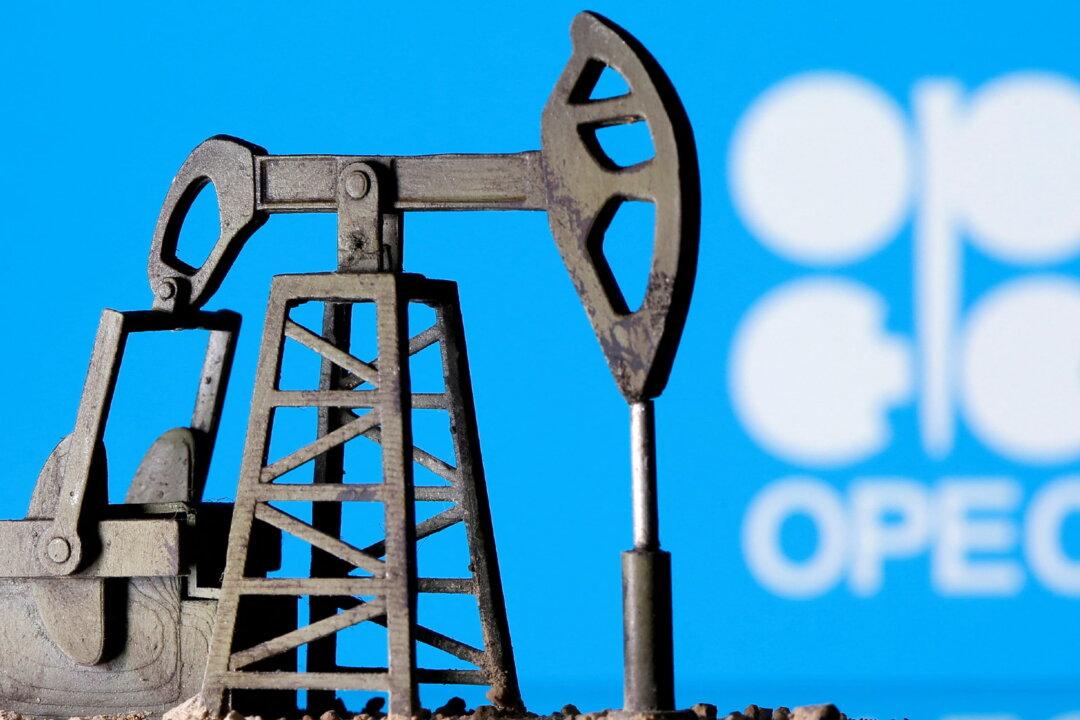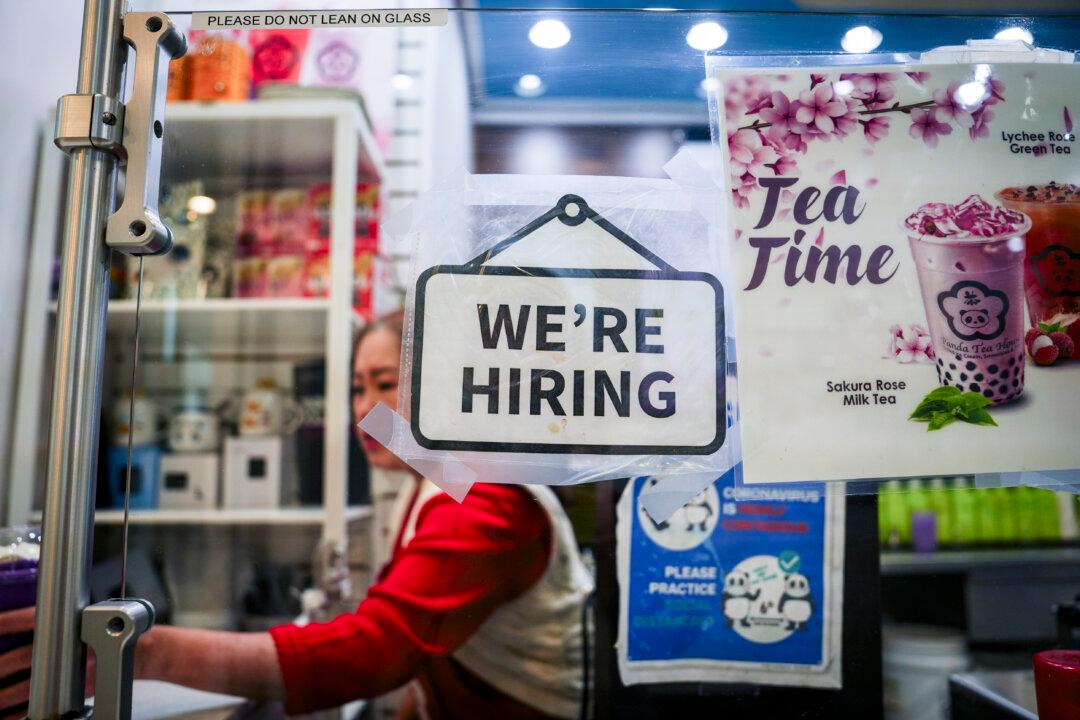Crude futures rallied on Sept. 5 after the Organization of the Petroleum Exporting Countries (OPEC) and its oil-producing allies, OPEC+, agreed to trim their production levels amid growing global recession fears.
The cartel plans to reduce output targets by approximately 100,000 barrels per day (bpd) beginning in October.





